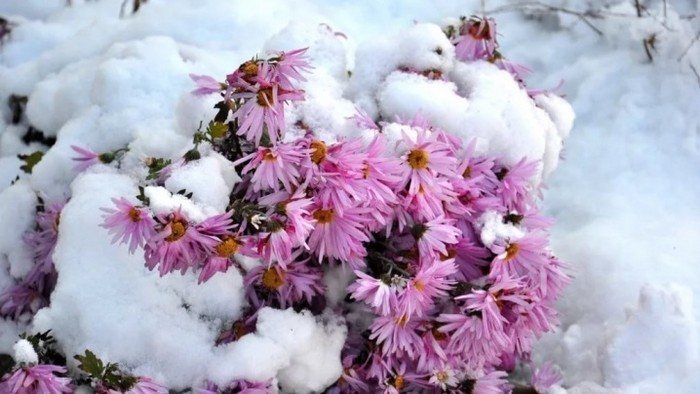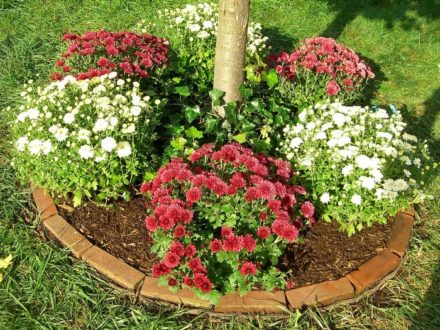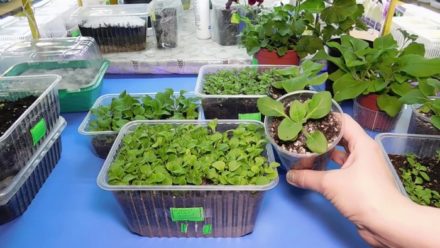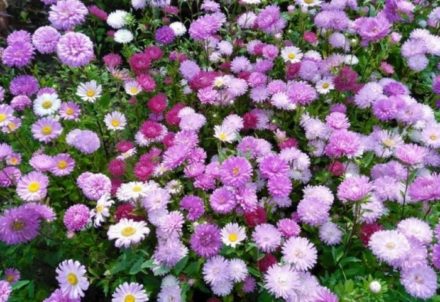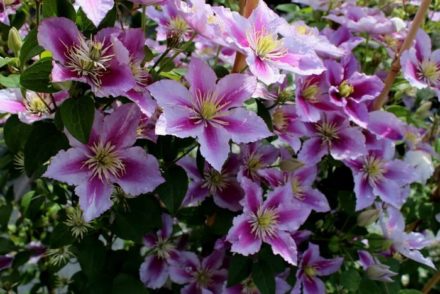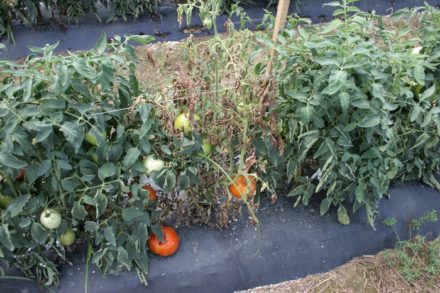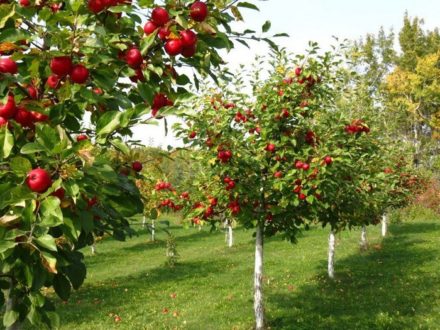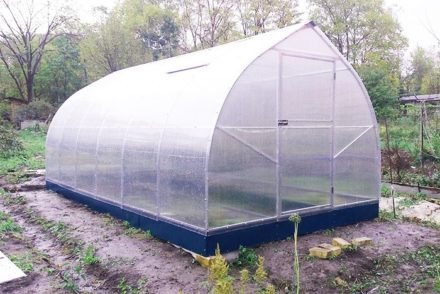Chrysanthemums are bright autumn flowers that give a festive look to autumn flower beds and parks. Having such a flower in the garden is a real wealth; they continue to delight the eye until the first frost and snow. Despite the fact that these representatives of the flora are cold-resistant, preparation of plants for wintering must be approached responsibly.

Feeding and watering chrysanthemums
At the end of the summer season, it is necessary to apply fertilizer to the bush. This way, the agronomic operation will add strength to the plants, and the inflorescences will be lush and beautiful. For autumn application, complex mineral fertilizers of the phosphorus and potassium groups are used. Nitrogen should not be used. This component provokes intensive growth of green mass, and new shoots soon die.
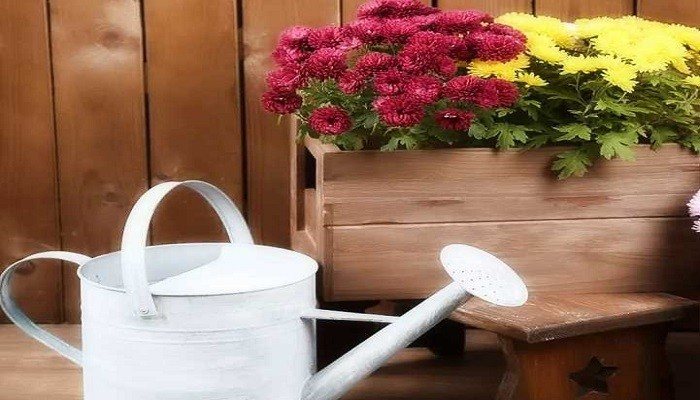
Fertilize 2 hours after watering. For 1 kg of soil, 45–55 g of superphosphates and 35–40 g of potassium are used.
Autumn pruning
It is necessary to carry out pruning activities as late as possible so that the juice from all shoots goes into the stem.
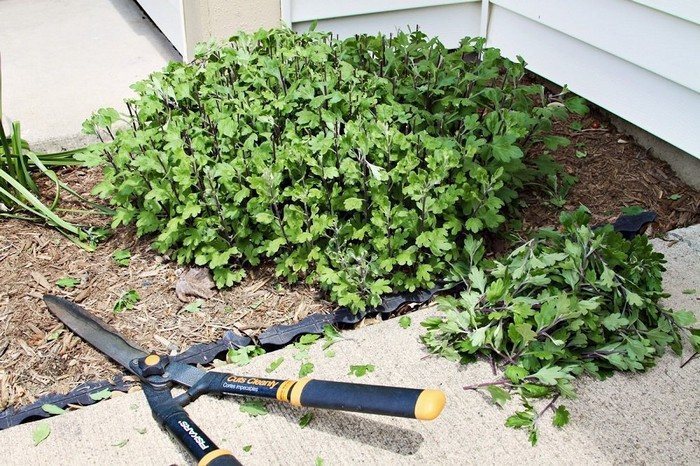
Pros:
- Dry and affected areas of plants are removed, which during the cold period can rot and infect healthy specimens.
- Shortened stems require fewer resources for life, so the root system has a better chance of surviving during the cold period.
- It is much more convenient to hide in open ground.
Healthy stems are cut to 15–20 cm. The bushes are hilled with the addition of humus 10 cm from the ground. There is no need to trim young shoots. Make the cut strictly at an angle and with disinfected tools. This procedure minimizes the accumulation of harmful bacteria.
Be sure to ensure that no holes form in the soil around the chrysanthemums. The surface must be flat. This will protect against excess moisture and prevent the death of the plant.
Treatment for diseases
It is important to inspect plants for diseases and pests. Timely treatment of the bush will increase the plant's immunity to winter.
Rust, gray rot, powdery mildew, septoria are fungal diseases. Spraying will help get rid of them. Carry out the procedure only on a windless day. The following drugs are used for treatment:
- solution of copper sulfate, laundry soap;
- Bordeaux mixture;
- colloidal sulfur.
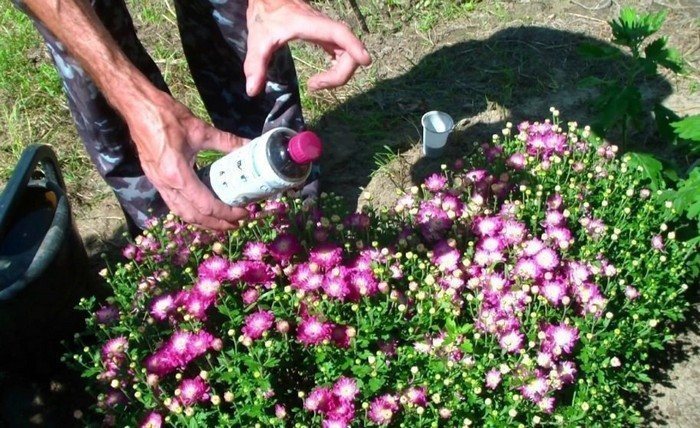
Garden tools must be cleaned after each use. This will allow you to effectively get rid of fungal diseases and insect pests.
Full shelter
An excellent option for preserving flowers during a harsh and capricious winter.
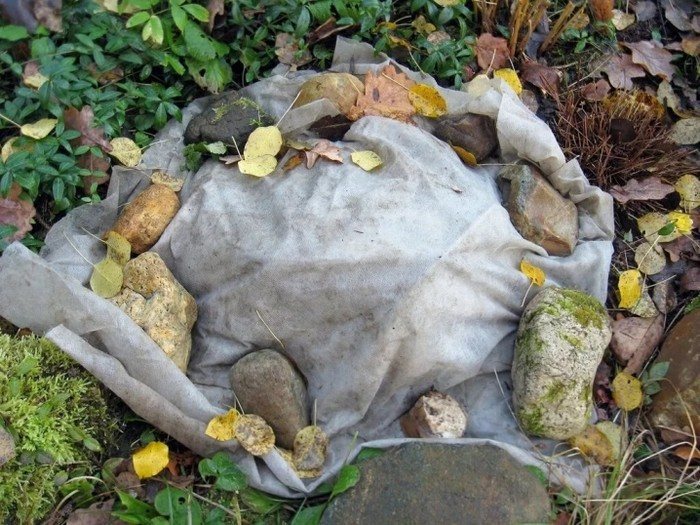
A high-quality shelter can be built from brick. It is placed both near each individual bush and around several. The brick serves as the side faces. As a roof - boards or slate. The structure is insulated from above, for example, with spruce branches, and fixed. The main principle of shelter is to provide ventilation to prevent excess moisture.
Wintering in trenches
Trenches are a great option where the soil does not freeze and there is a lot of snow. The optimal width of the trench is 25-30 cm, and the depth is up to 1 meter. The space is filled with fluorine, sawdust, leaves. Covered with spruce branches on top. The top layer is a film, which is reinforced on top. Put a layer of soil, leaves or needles on the film.

